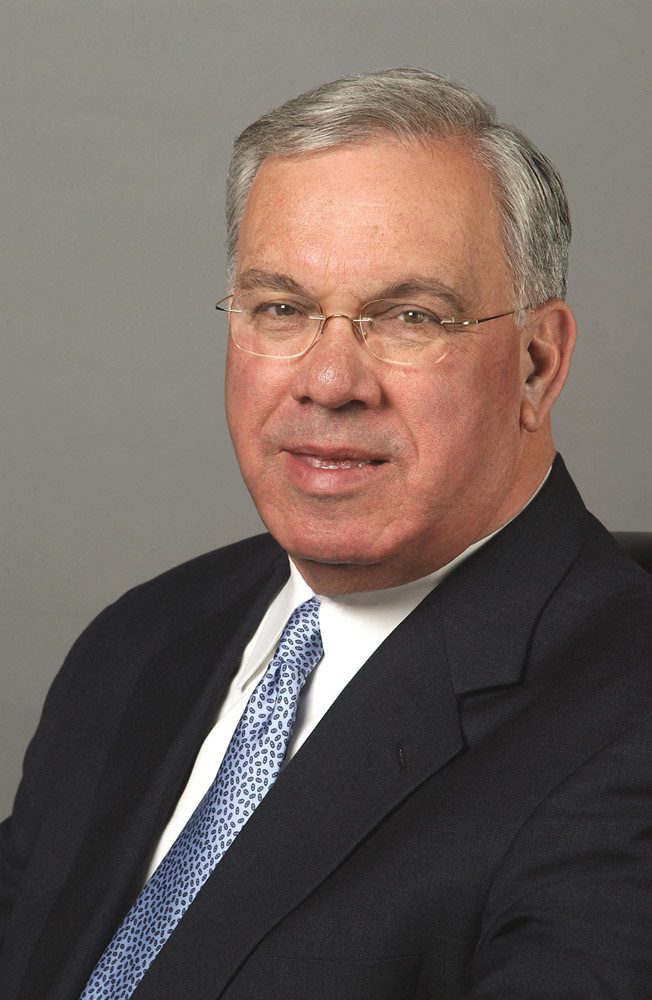Over the past year, we’ve had the opportunity to meet with many of our readers and colleagues – community builders, advocates, researchers and funders, old friends and new acquaintances.
Many of you are taking the work of community revitalization to new levels, creating effective community plans, winning living-wage campaigns, creating labor and community partnerships, designing next-generation asset-building strategies, incorporating sophisticated financial and technological tools, enhancing public awareness and support for affordable housing, and imagining new possibilities for sustainable and equitable redevelopment that challenge today’s zero-sum assumptions.
All of this work is occurring at a time of monumental economic and political change.
Our surging economy has tanked, and the unemployment rate – recently the lowest in 40 years – is higher than it’s been in a decade. More than 11 million people, many of them children, are living in poverty. Forty-one million people have no health insurance, including those earning decent, middle-class salaries. They’ve also discovered that their “decent” salary will no longer buy a house. Wealth disparity is higher than it’s ever been, with the top five percent of households in possession of more assets than all of the bottom 60 percent.
In the past few months, we’ve seen an administration bent on undoing labor protections for 170,000 employees of the new homeland security department and privatizing more than 850,000 federal service jobs. And, in the name of paying for the “war on terrorism,” holding up wage increases for most federal employees to save less than one percent of the federal budget. We’ve seen a Congress that is ready to make permanent tax cuts that mostly benefit the wealthiest Americans and provide billions of dollars to bail out the airline, insurance and other industries, but unwilling to extend unemployment benefits for more than 800,000 working-class Americans (with 800,000 more expected to join them by the end of February 2003).
This is the administration that says it wants to “leave no child behind,” but provides the smallest increase in the federal education budget in years, dismisses the idea of a housing crisis, opposes the National Housing Trust Fund Act, seeks cuts in Section 8 vouchers, wants to do away with HOPE VI and rolls back clean air protections. So much for compassionate conservatism.
Organizing, Persistence – and Power
Still, there are victories large and small to hearten us, including scores of living-wage ordinances and more than 275 state and local housing trust funds. Everywhere, it seems, new coalitions are being forged between labor, environmental groups, faith-based institutions and community organizations to make – and win – demands of power.
For example, after five years of direct action that won jobs, housing and environmental concessions, the Los Angeles Alliance for a New Economy, a coalition of two dozen community groups, five labor groups and hundreds of residents, recently asked 50 of Southern California’s largest developers to meet with them to discuss collaborative planning. They all came. Not because it was the right thing to do, but because they knew that the coalition had the muscle to cost them millions of dollars if they didn’t pay attention.
Developing that kind of political muscle is a process that doesn’t happen overnight. In this issue, you’ll learn about the wins and losses of residents of Camden, NJ, who are battling industrial polluters, and the struggle of Latino residents in Chicago to get bilingual tax information. You’ll also learn how to hold banks accountable when they decide to abandon your community by closing a branch.
Over the next year we’ll continue to bring you stories that examine how community groups can move local agendas, counter dangerous policies, incorporate new tools, and identify and overcome the unintended consequences of policies and programs like Section 8 and the drive towards homeownership. We’re going to explore the community tensions that arise from changing demographics and disappearing resources. And, as always, we’re going to give you the tools you need to fight for justice, from your town hall to the halls of Congress.
The years ahead are going to be harder. But we have no doubt that what lies ahead will be no match for your energy, passion and commitment in the struggle for equity and social justice in your communities.



Comments